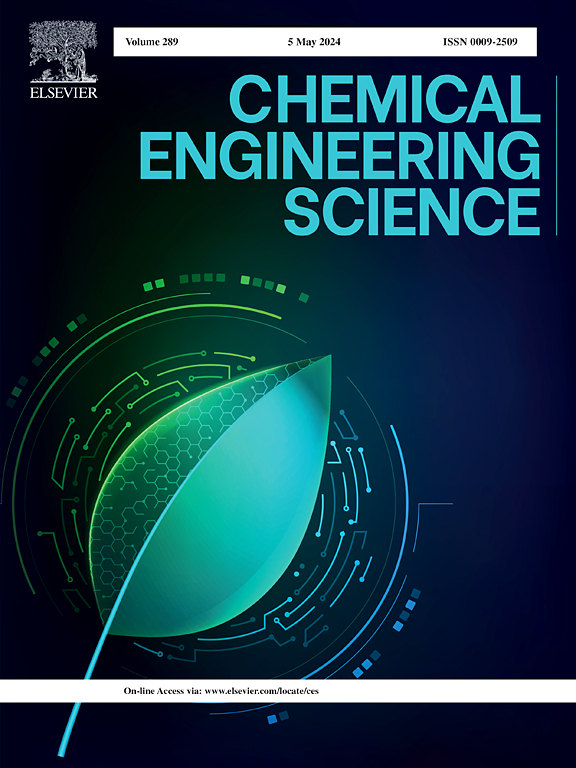用符号回归方法求解固体表面上冲击液滴最大扩散的新显式模型
IF 4.1
2区 工程技术
Q2 ENGINEERING, CHEMICAL
引用次数: 0
摘要
液滴最大扩散比的准确预测在各种化工应用中是必不可少的。尽管发展了许多经验和分析模型,但由于粘性耗散的复杂性以及从毛细到粘性状态的过渡,挑战仍然存在。本研究利用符号回归(SR)方法,建立了预测最大扩散比的新模型。另外开发了7种黑箱机器学习方法进行比较。其中,XGBoost插值性能最好,平均绝对误差(MAE)为1.82%,但外推性较差,MAE高达11.5%。基于惩罚的正则化SR模型显示出更好的外推能力,将MAE从9.9%(插值)降低到8.1%(外推)。此外,结合SR和幂律方法的新显式模型优于现有模型。本研究为建立稳健的数据驱动显式模型来预测最大传播比提供了一个框架。本文章由计算机程序翻译,如有差异,请以英文原文为准。
New explicit models for maximum spread of impacting drops on a solid surface using symbolic regression approach
Accurate prediction of droplet maximum spreading ratio is essential for various chemical engineering applications. Despite the development of numerous empirical and analytical models, challenges remain due to the complex nature of viscous dissipation and the transition from capillary to viscous regimes. This study utilizes symbolic regression (SR) method to develop new models for predicting the maximum spreading ratio. Another seven black-box machine learning methods were developed for comparison. Among them, XGBoost achieved the best interpolation performance with a mean absolute error (MAE) of 1.82% but showed poor extrapolation with an MAE rising to 11.5%. The developed SR models with penalty-based regularization demonstrated improved extrapolation capability, reducing MAE from 9.9% (interpolation) to 8.1% (extrapolation). Additionally, a new explicit model combining SR and power-law approaches outperformed existing models. This study provides a framework for developing robust data-driven explicit models to predict the maximum spreading ratio.
求助全文
通过发布文献求助,成功后即可免费获取论文全文。
去求助
来源期刊

Chemical Engineering Science
工程技术-工程:化工
CiteScore
7.50
自引率
8.50%
发文量
1025
审稿时长
50 days
期刊介绍:
Chemical engineering enables the transformation of natural resources and energy into useful products for society. It draws on and applies natural sciences, mathematics and economics, and has developed fundamental engineering science that underpins the discipline.
Chemical Engineering Science (CES) has been publishing papers on the fundamentals of chemical engineering since 1951. CES is the platform where the most significant advances in the discipline have ever since been published. Chemical Engineering Science has accompanied and sustained chemical engineering through its development into the vibrant and broad scientific discipline it is today.
 求助内容:
求助内容: 应助结果提醒方式:
应助结果提醒方式:


